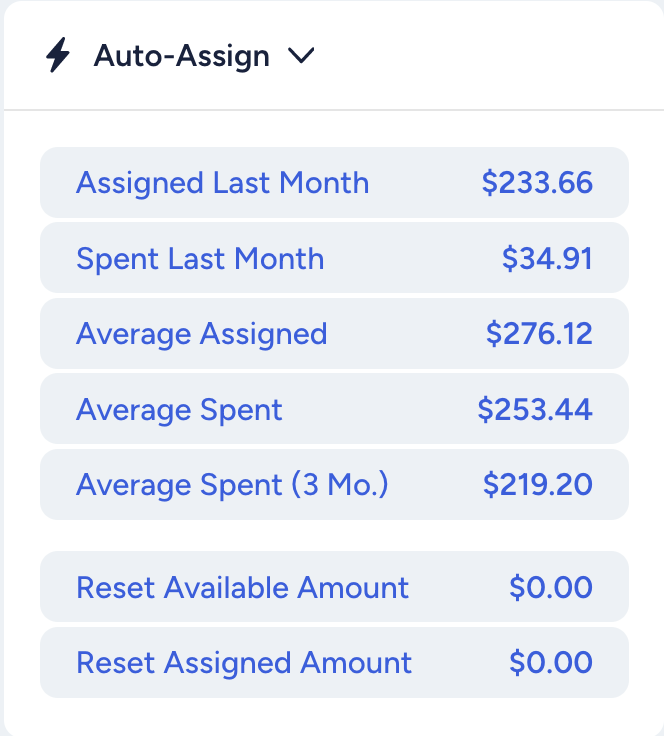Note: This is a lightly edited version of a post I created last year that offers a good reminder of the importance of paying attention to YNAB at the turn of the month.
The turn of the month is a special time in YNAB. When the calendar month rolls over, things happen. Luckily, they’re predictable, so you can prepare for them (though it took me quite a few months before I stopped being taken by surprise). Some of the things you’ll observe include:
- Any unbudgeted expenditures made from a checking account are subtracted from the next month’s Ready to Assign. (Those are the red bubbles in your budget.)
- Any unbudgeted expenditures made on a credit card are turned into debt. (Those are orange bubbles in your budget.)
- Transactions that come through dated in previous month can create overspending in that previous month.
When I overspend in a category, I always move money from a different category to cover it. (Rule Three!) I typically do it at the time the overspending occurs because I hate those red and orange bubbles. But the rollover to a new month can be tricky and require a little extra effort, especially if you’re not vigilant about sticking to your budget and covering overspending.
These are the best practices I’ve devised for myself for the last day of the month and the first few days of a new month to stay out of trouble. Perhaps they’ll help you.
Last day of the month
- Make sure all transactions (including pending transactions) are categorized.
- Correct any overspending.
- Reconcile all accounts.
- Look at targets to see if any need revising.
- Make sure the amount in the payment column for each credit card matches the account balance (unless you’re carrying a balance). Your bubbles in the credit card payment categories should be green.
First few days of the month
- Pay close attention to the dates of incoming transactions. If they’re from the prior month, be sure to check that month in the budget to make sure they don’t result in overspending. Move money around in the previous month if overspending has been created. (Alternatively, you can change the date of the transaction to the new month, though then YNAB doesn’t reflect reality.)
- Budget! My personal preference is to put any funds for future months in a “Future Months” category, rather than by move ahead to a future month in the budget and assign them to a category. On the first day of the month, I move the money in the Future Months category to Ready to Assign and assign every penny of it. It’s my favorite day of the month!
- Go back a month and look at the budget to make sure no overspending resulted from end-of-the-month transactions. It’s a good doublecheck–this type of overspending can be elusive.
- Look at Average Assigned and Average Spent for each category (in the desktop version, you’ll find it in the right sidebar in your budget under Auto Assign) and do a reality check on your targets. You can use those averages to assign money, if you’d like, rather than assigning the targeted amount.
The days around the turn of the month are especially important in YNAB. I think it’s worthwhile to pay attention in the waning days of a month and the first days of a new month so that you don’t end up with unnoticed problems in the previous month’s budget.


Leave a Reply